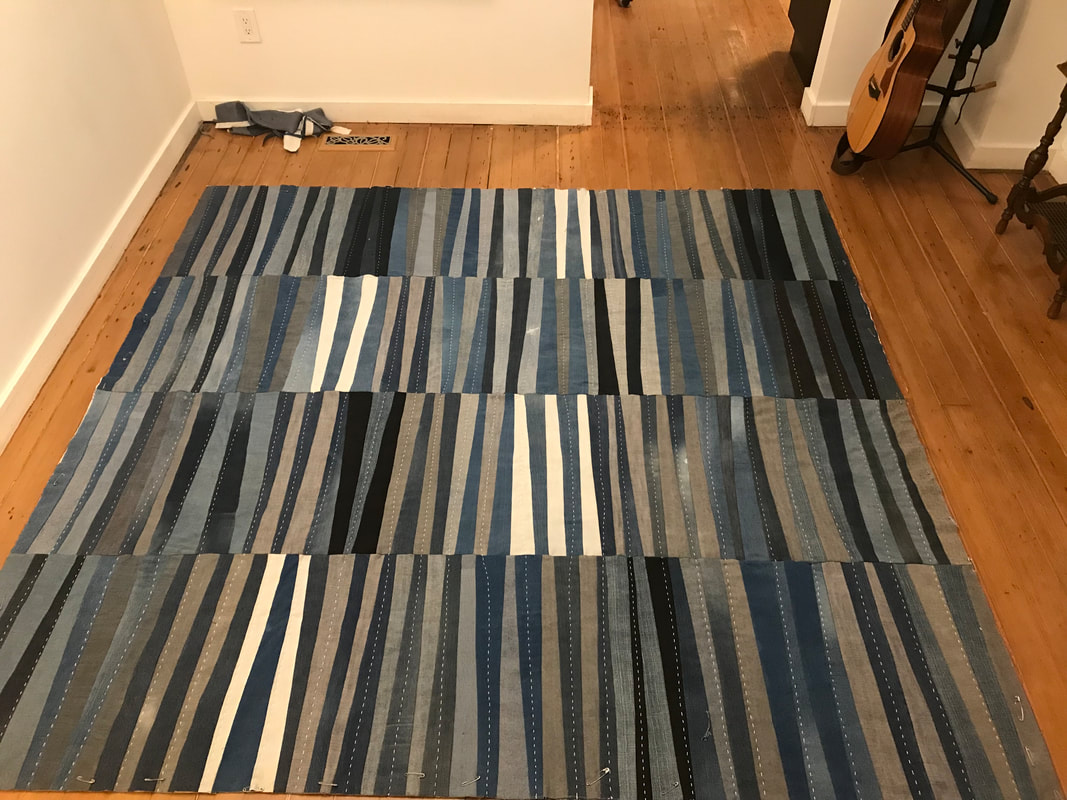Still, there's a lot we lose by going through life connecting with one another mostly via screen-pecking 'like' or tweeting or 'gramming. We are, after all, a social species; our well-being is dependent on sharing space in the actual physical world. Consider this: If someone took away your ability to connect on social media you might get seriously miffed. If you were allowed unlimited social media access but had to connect in physical isolation from all other humans, you might get seriously unhinged.
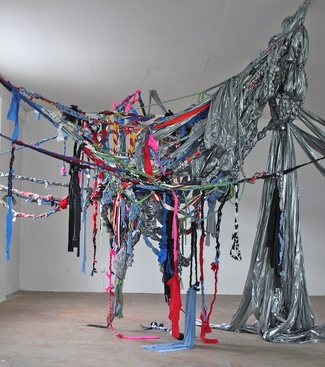 Early days of the Network. Photo by Debbie Tuepah
Early days of the Network. Photo by Debbie Tuepah Artist Debbie Tuepah and I came up with the idea just a few years after the birth of Twitter and Facebook, and within a year of the debut of Instagram and Pinterest. We felt a need to create a physical alternative to all this virtual social networking — some low-barrier, small-footprint way to bring people together. Something that would be collaborative but less skill-based than, say, a quilting bee, but offering similar tactile engagement.
This thread of an idea soon joined other threads: the materials should be found/donated and should be the stuff that ordinarily ends up in a landfill. Synthetic, petroleum-based fabrics and sheeting would do the trick. (No one knows what to do with those lurid-coloured Fortrel bedspreads and vinyl shower curtains.)
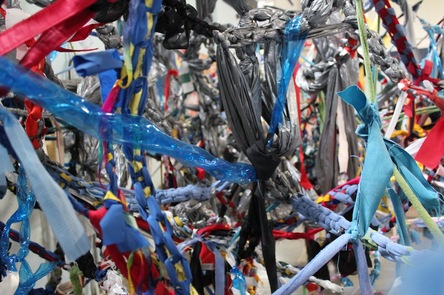 The more people work on it, the more visually interesting it becomes.
The more people work on it, the more visually interesting it becomes. We knew we were onto something. A year later it made its public debut at the Mini Maker Faire at the PNE, where it grew into the gargantuan piece it is today.
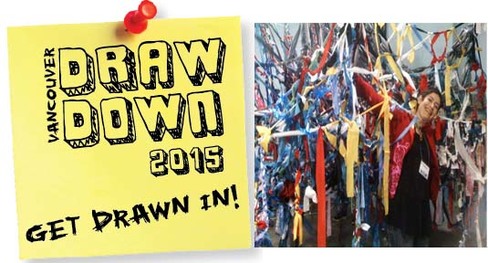
Come on down, tie one on, grab a thread and take part in this social medium in the actual, physical world.
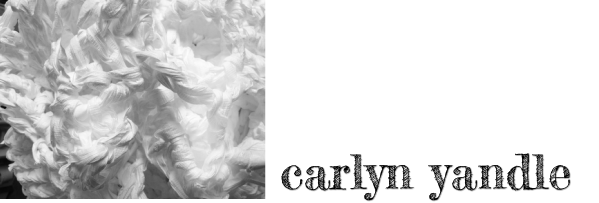
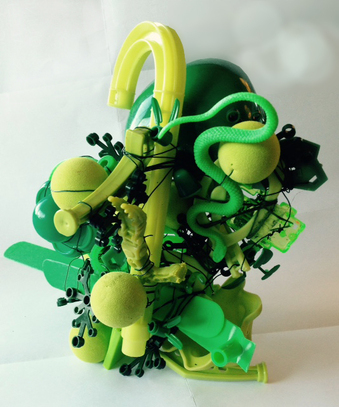
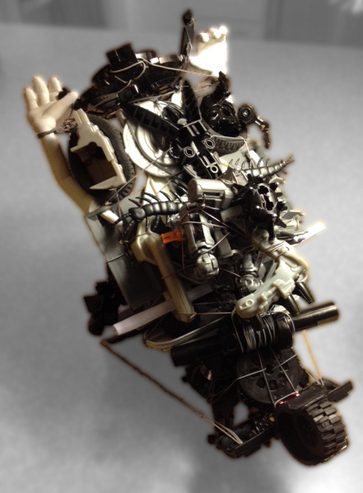
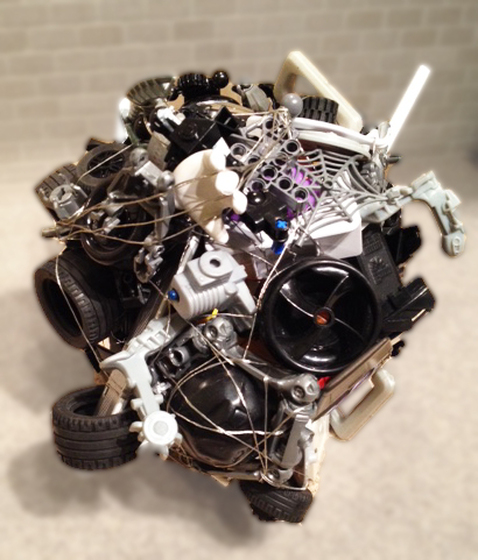
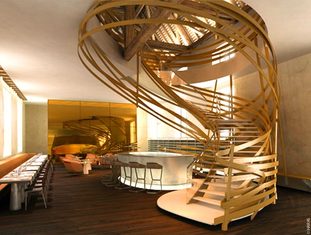
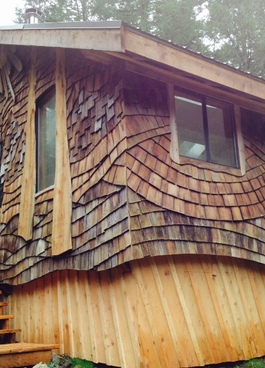
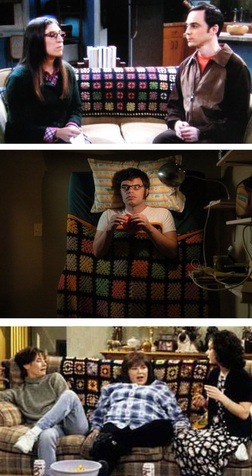
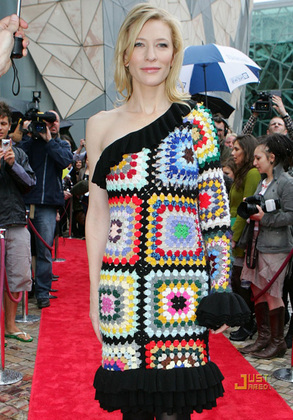
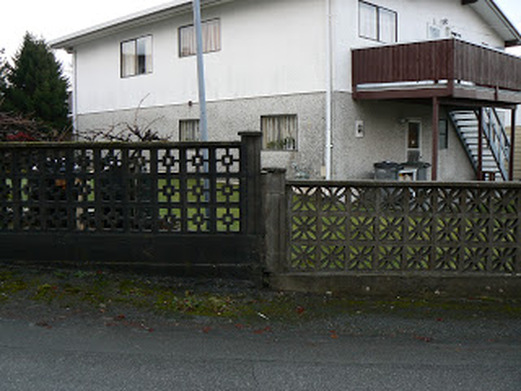
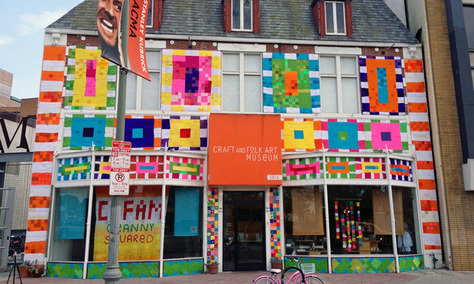
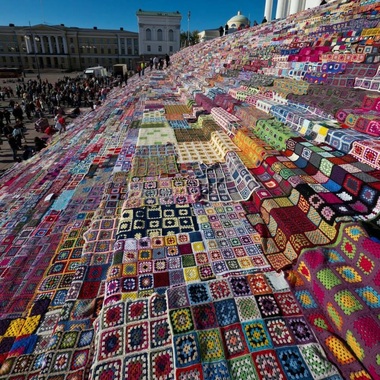
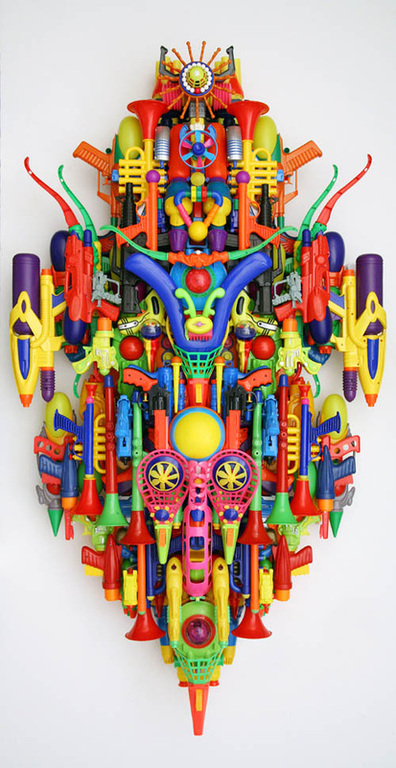
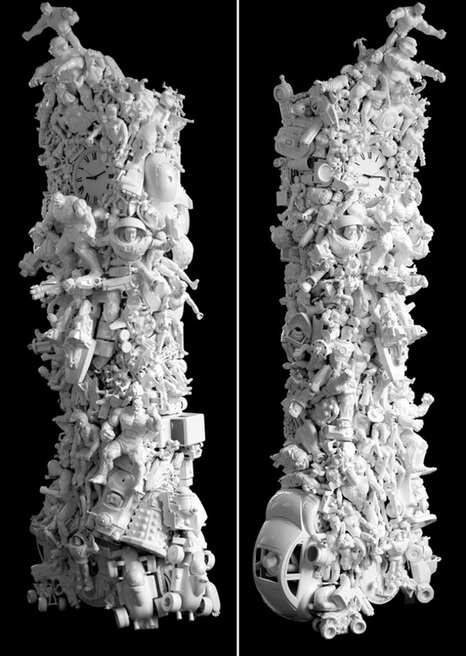
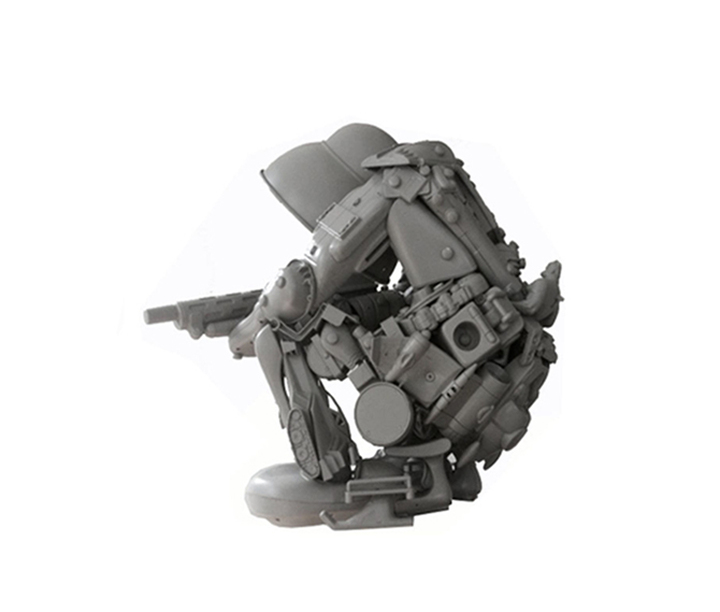
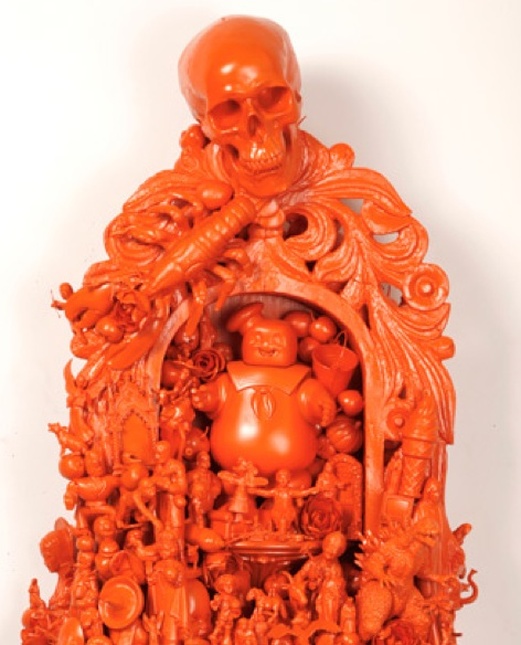
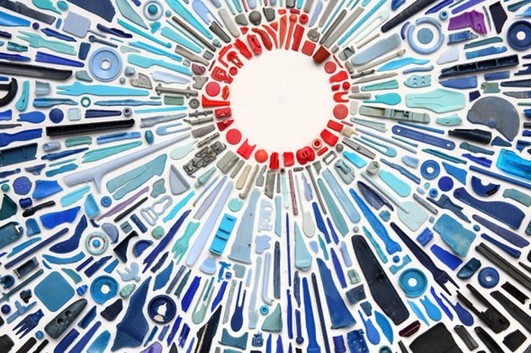
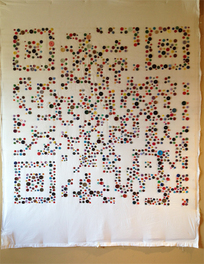
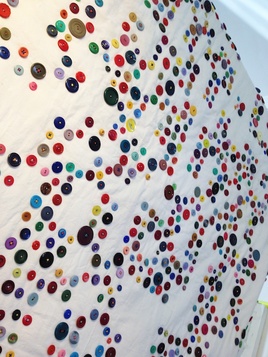
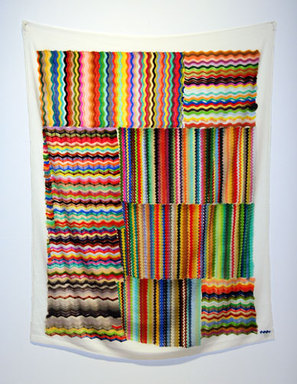
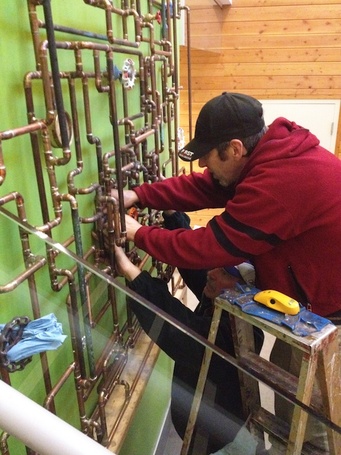
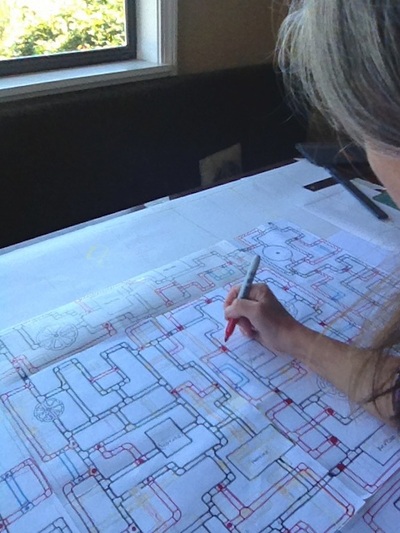
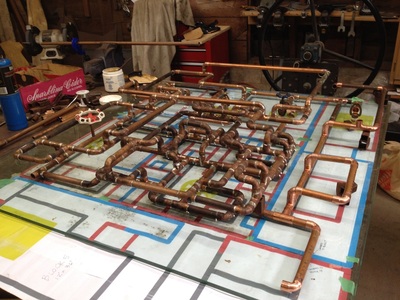
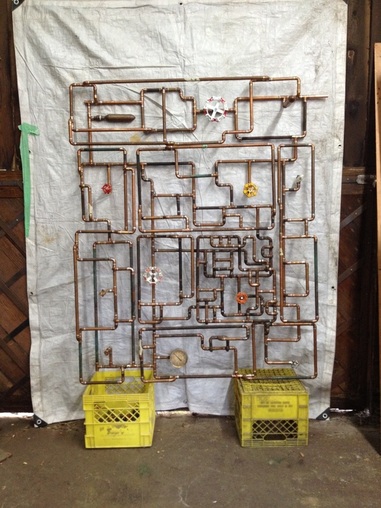
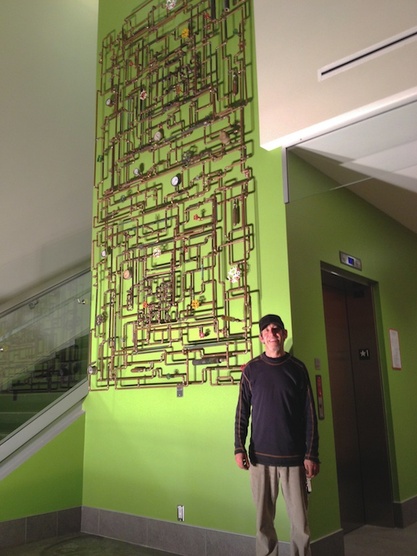
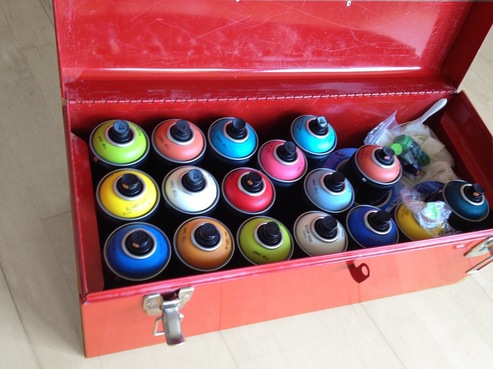

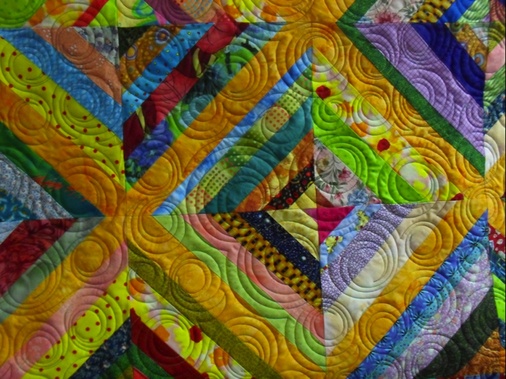
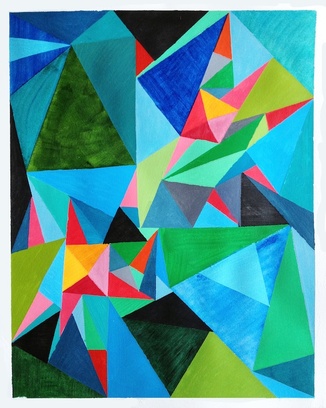
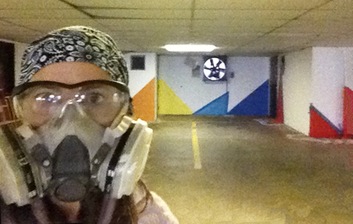
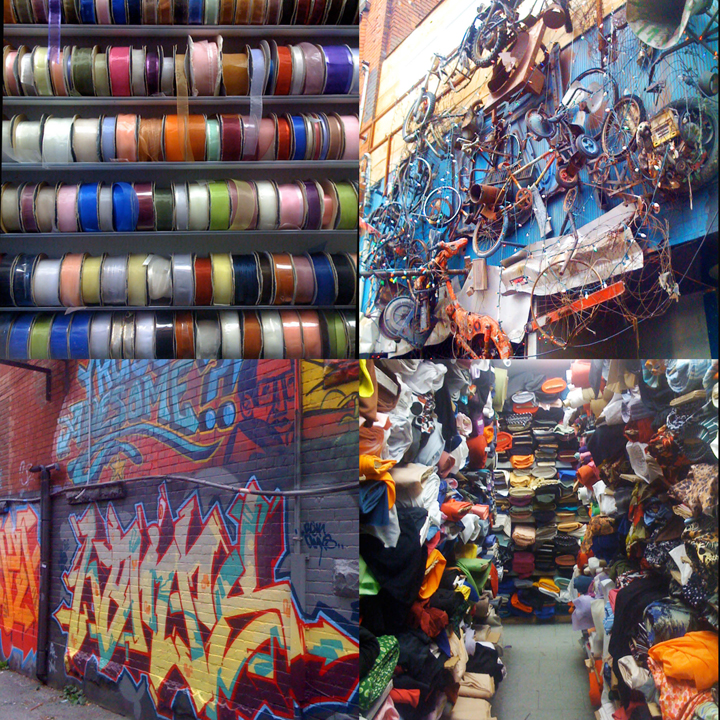
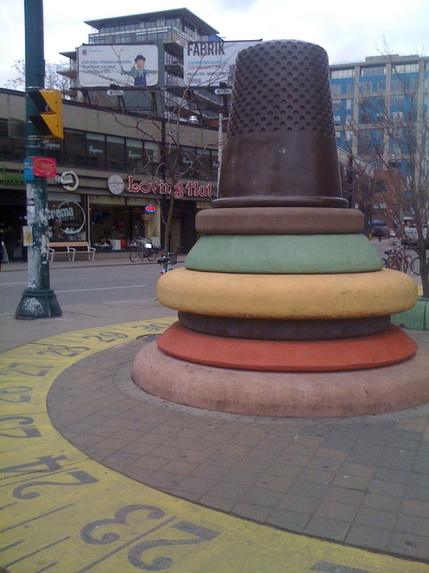
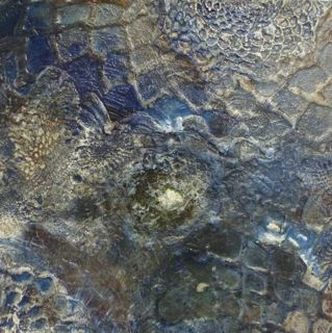
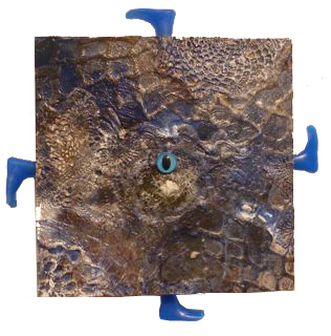
 RSS Feed
RSS Feed

